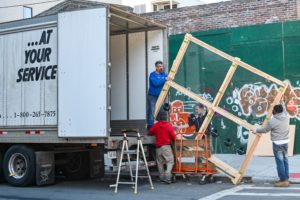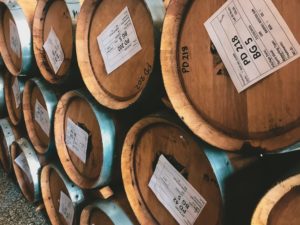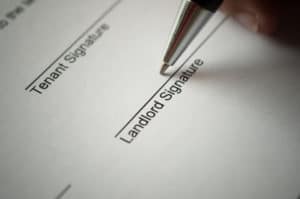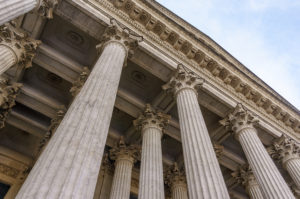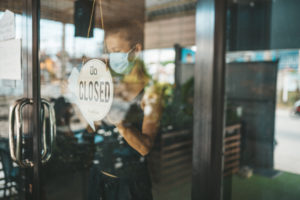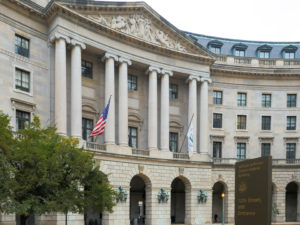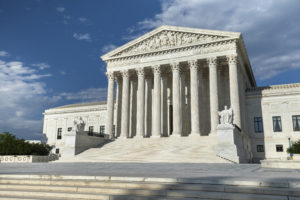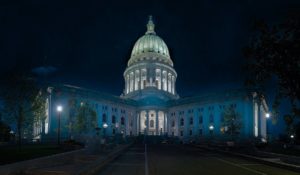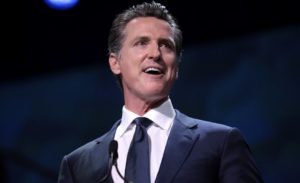Issues & Insights: The regulatory state is preventing the right people from getting needed COVID-19 supplies
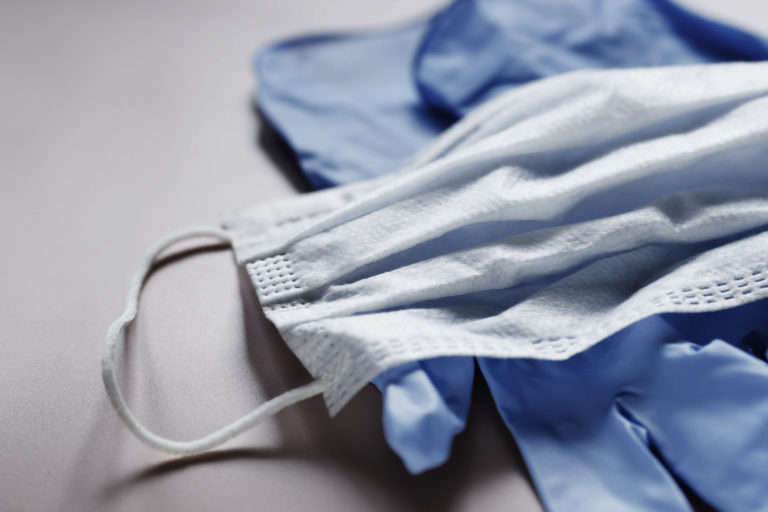
As we consider how to reopen society safely, one problem remains — shortages of accurate COVID-19 tests and personal protective equipment like masks and latex gloves. Many demand that the federal government solve the problem. To be sure, there are things that the federal government can and should do in the face of an international pandemic. But, as this crisis shows, placing all of our eggs in one centralized basket is unwise. A better solution is to rely on free people to help each other.
Virtually everyone agrees that the United States has not done enough testing. Surprisingly, there seems to be a broad consensus that fault lies with government over-regulation.
Until the end of February, only the Centers for Disease Control (CDC) was authorized to conduct tests, and the CDC’s tests had a problem. Namely, the tests themselves were contaminated with COVID-19.
Meanwhile, the federal government repeatedly got in the way of alternatives. As the Wall Street Journal reported, the Food and Drug Administration (FDA) authorized only three COVID-19 diagnostics as of March 13.
The New York Times reported on an egregious — but all too typical — example of government interference. According to the Times, a group of infectious-disease experts in Seattle studying the flu developed an accurate COVID-19 test only to be told to stand down. One reason was the lack of consent from the research subjects. But the main hold-up was big government. The regulators refused to approve the test because the researchers had used mainly research labs, which were not certified, instead of clinical labs — a problem that pales in comparison to the need for accurate tests in the middle of a pandemic.
Bureaucratic avoidance of accountability also slowed things down. In the same New York Times story, the CDC told the Seattle researchers that permission to use their test as a screening tool had to come from the FDA. Still the FDA refused authorization because of regulations from yet a third agency, the Centers for Medicare & Medicaid Services. The Seattle researchers demonstrated to the government that their test was accurate. Still, both federal and state regulators ordered them to stop administering tests and not to test thousands of samples they already had!
More and more tests have become available, with no small assist from the private sector.
The New York Times describes all of this as a “series of missed chances by the federal government to ensure more widespread testing” earlier. Perhaps. But that should come as no surprise. Students of bureaucracies explain that they are institutionally cautious and that government employees respond to incentives — just like everyone else. That government would act “objectively,” based only on science and the public interest, is a romantic hope, not an observed reality. The federal government’s growth and centralization has only made matters worse. Even now, the FDA continues to get in the way of testing.
While we wait for additional testing capabilities, those working on the front-lines like nurses, grocery-store employees, and factory workers risk contracting the virus due to a shortage of sanitizers, masks, and other protective gear. Reports say that supply chains can’t keep up or adjust quickly enough, and commentators blame lack of government foresight and, of course, capitalism.
One notable feature missing from these complaints is any discussion of actual prices. Instead, people wonder how this shortage will resolve itself, complain about so-called “price gougers,” and look to the government.
But, once again, the government is a massive part of the problem. Economics 101 teaches that when demand increases for various goods and services, so does the price. Governments believe that costs must be kept low to “ensure” that low-income people can afford the (now highly demanded) goods. But these efforts don’t work (if they did, the rich and famous would not have gained easy access to COVID-19 tests while the rest of us waited) and price ceilings are counterproductive. When governments impose price ceilings (that is, bans “price gouging”) on goods, a shortage of those goods results.
How so? In the market, high prices provide notice to producers and entrepreneurs that something is in high demand. Those businesses can be expected to respond to high rates by bringing more of that product to the market — through innovation and investment — an increase in goods that will lead to a decrease in price.
High prices, therefore, are merely information about the value (at a certain point in time) that people place on various goods. And the market is the best way to collect and announce this information to the world. Price controls obstruct the dissemination of this information — slowing down if not preventing the responses that would otherwise occur. Hence the shortages: those who would invest in increased production stay on the sidelines.
When the government isn’t incentivizing businesses to withhold production, it is actively getting in the way. For example, many states have “certificate-of-need” laws that protect existing industries like ambulance services. In Kentucky and Florida and 34 other states, a would-be entrant into this business must apply to the state for permission to enter the market, provide notice to its competitors, and prove that there is a “need” for the additional service-provider. Rather than relying on market demand to determine where goods and services are needed, state governments and established businesses decide.
These restrictions make no sense during normal times, but they are deadly in times of pandemics. People are coming to realize the damage caused by these laws, and some states are temporarily easing restrictions. That’s all well and good. But these laws rendered us less prepared for the COVID-19 crisis than we should have been.
One of the popular mantras of the COVID-19 crisis is that we are all in this together — alone. But government policies often prevent us from working together. Whether it imposes needless delays on the production and use of accurate tests, artificially keeps prices below the demand, or actively prevents businesses from entering much-needed markets, government restrictions worsen our ability to respond to the COVID-19 pandemic.
This op-ed was originally published by Issues & Insights on May 22, 2020.



